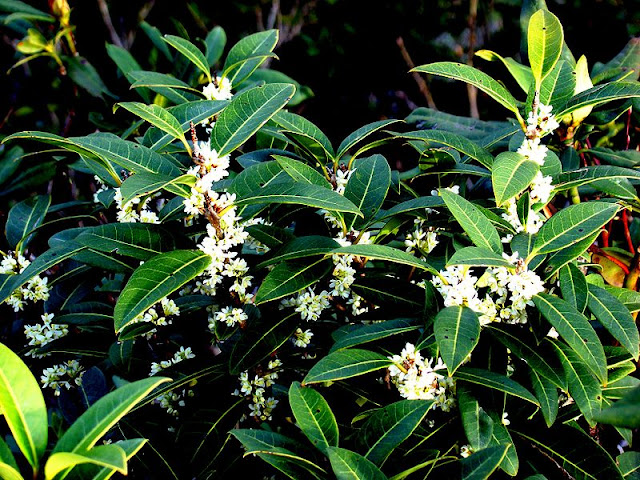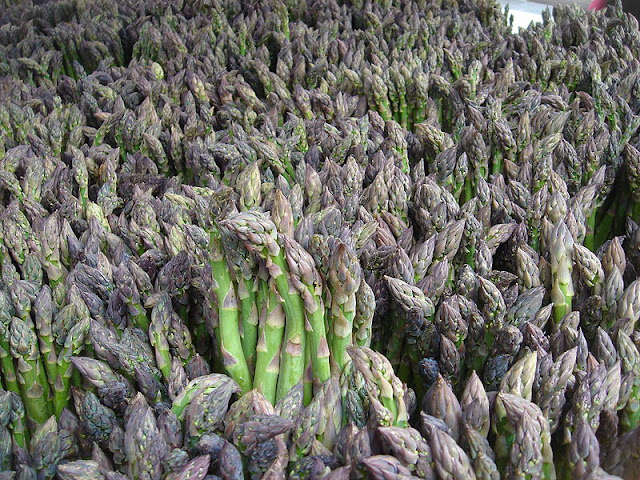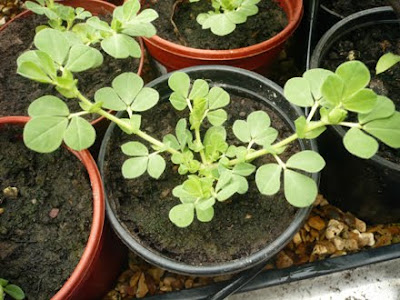 |
| White Egret Flower - Pecteilis radiata |
Pecteilis radiata comes in the form of small, pea sized tuber from which grass-like leaves are produced, alternately on a single stem. The leaves number up to 7, and are between 5-20 cm long and about 1 cm wide. The spike continues upwards until it releases an unbranched flower spike which can be up to 50 cm tall. Each spike will usually produce 2 or 3 flowers but sometimes it can be as many 8 which being to bloom in late July until their peak in August.
 |
| White Egret Flower - Pecteilis radiata |
Over the summer new bulbs will form on short underground stems while the old bulb slowly dies away. A healthy bulb can produce up to 3 replacement bulbs and this new generation will be fully formed, individual plants by late October.
Pecteilis radiata is easy to cultivate due to its liberal production of new tubers each season. Grow them as you would any bog orchid and, very importantly, allow the bulbs to dry off in winter. Do not plant them in normal potting soil or liberally use fertilizer.
Plant them just below the surface, approximately 1 cm deep, pointy side up, in any mix that is water retaining and acidic in reaction. You can make your own rooting medium using natural weathered pumice, peat moss, and a bit of sand (ratio of 1 : 1 : 1/2) then top dress with a thin layer of dried sphagnum moss. Alternatively use perlite mixed with sand and moss peat.
Place them in a sunny, warm position and keep them moist, but not wet. It can take a few weeks before the new growth emerges, but once it does, increase watering. When the weather becomes hotter and the plants are growing strongly, water them so that they are permanently wet, but not waterlogged. Use clean rain water if possible, otherwise use tap water that has been allowed to stand for 48 hours.
Once they are finished flowering you will still need to keep them wet until the heat of summer has passed. Come the autumn they will only need to be kept moist. Once night temperatures start to drop below 15 C the bulbs will start to go dormant. All dead growth can be removed at that time and the bulbs can be allowed to dry off, but not so that they dessicate otherwise the bulbs will die. Add small amounts of water every few weeks is necessary, particularly if the pot is kept in low humidity. Keep the plants cool and dry throughout the winter at a temperature of between – 0 to 10 degrees Celsius.
Recover all newly formed bulbs in March or early April and throw away any old, dead or diseased bulbs and roots. The new bulbs will be bright tan or light brown in color and firm to the touch while the old bulbs will be dark and soft. Replant them immediately to start again.
Fertilize with a very dilute inorganic fertilizer with micronutrients. In May and June fertilize every other week, making sure that the pots are fully flushed with fresh water to avoid salt build up.
Main image credit - By sunoochi from Sapporo, Hokkaido, Japan - [Toyama, Japan] Pecteilis radiata '蘭月 - Rangetsu' (Thunb.) Raf., Fl. Tellur. 2: 38 (1837), CC BY 2.0, https://commons.wikimedia.org/w/index.php?curid=81949089
For related articles click onto the following links:
CHRISTMAS STAR ORCHID - Angraecum sesquipedale
NAKED MAN ORCHID - Orchis Italica
THE ANGEL ORCHID - Habenaria Grandifloriformis
THE MOTH ORCHID - Phalaenopsis species and cultivars
THE ORCHID CACTUS - Disocactus ackermannii
THOW TO GROW THE WHITE EGRET FLOWER - Pecteilis radiata








































